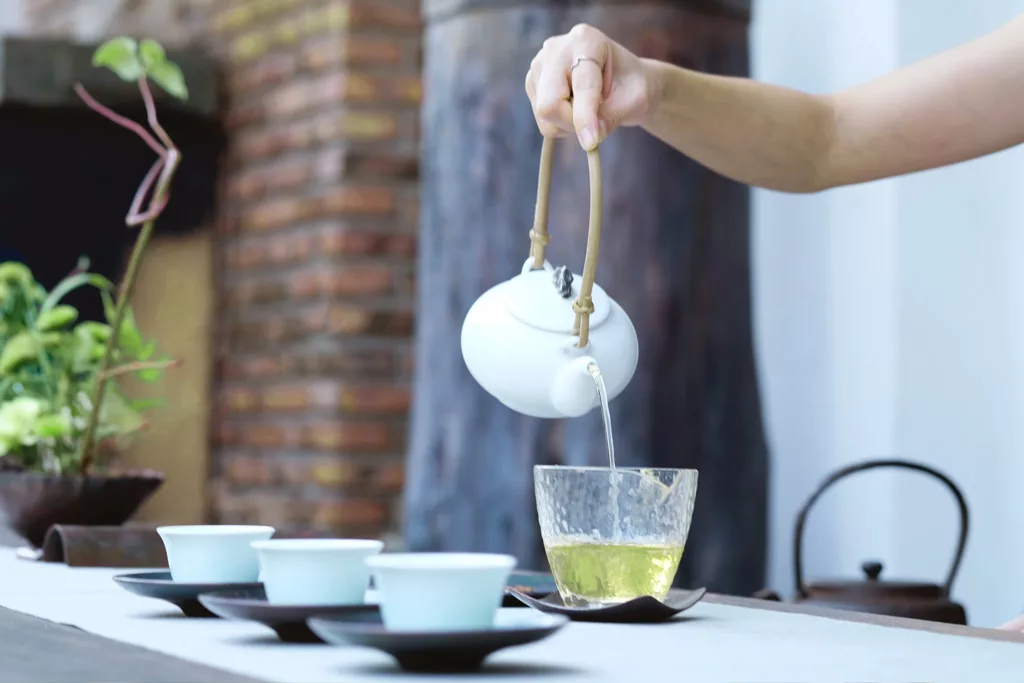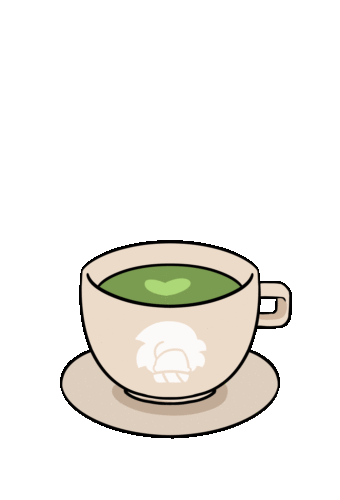HOW TO BREW Green TEA
One can roughly distinguish between two infusion methods: the Grandpastyle and Gongfu Style:
Grandpa Style: a relatively large vessel (cup, pot, bowl) with relatively little tea. One does not pour off the tea, but lets the tea steep constantly in hot water. Depending on your preferences and the strength of the tea, you simply add some hot water to dilute the tea. This can be done, according to ones personal preference, until the infusion no longer has any taste.
Gongfu Style: a relatively small vessel with a relatively large amount of tea. Many infusions are made with relatively short infusion times. This usually also includes a dispenser vessel (pitcher) and possibly a small, fine strainer.
There are 3 standardized sizes of Gaiwan: small: about 80ml; medium: about 110ml; large: about 140ml. These are the standard, white Gaiwans as used in tea tasting.
Of course there are also all kinds of other Gaiwans with all kinds of different volumes.
Yixing or Chaozhou pots: There are no standard ones. But most of the pots for Gongfu Style have between 100ml and 150ml. It is a good idea to determine the volume before the first use by weighing to get a feeling.
In principle every tea can be prepared according to the two methods mentioned above. Whether green tea, black tea, white tea, Oolong tea, Puerh tea etc. It depends mainly on the infusion temperature and the amount of tea in relation to the water to achieve a good result.
Water temperature: About 60 – 80°C
Grandpastyle:
Ratio tea – water approx. 1:50. A large Gaiwan (cup, bowl, pot) with 150ml approx. 3g.
On 500ml pot approx. 10g.
Brewing time: Drinkable at any time. If the infusion gets too strong, simply add some hot water again.
Gongfu style:
Gaiwan: small Gaiwan: 3-5g; medium Gaiwan: 5-8g; large Gaiwan: 8-10g
Yixing/Chaozhou pot: ratio tea – water: about 1:20
Teas with a tendency to bitterness and astringency can be somewhat softened by reducing the temperature. Alternatively, the quantity of tea can also be reduced.
All specifications are approximate and should only be used as a guide at the beginning. With a little experimentation you will quickly find an intuitive feeling for quantity, steeping time and water temperature.


